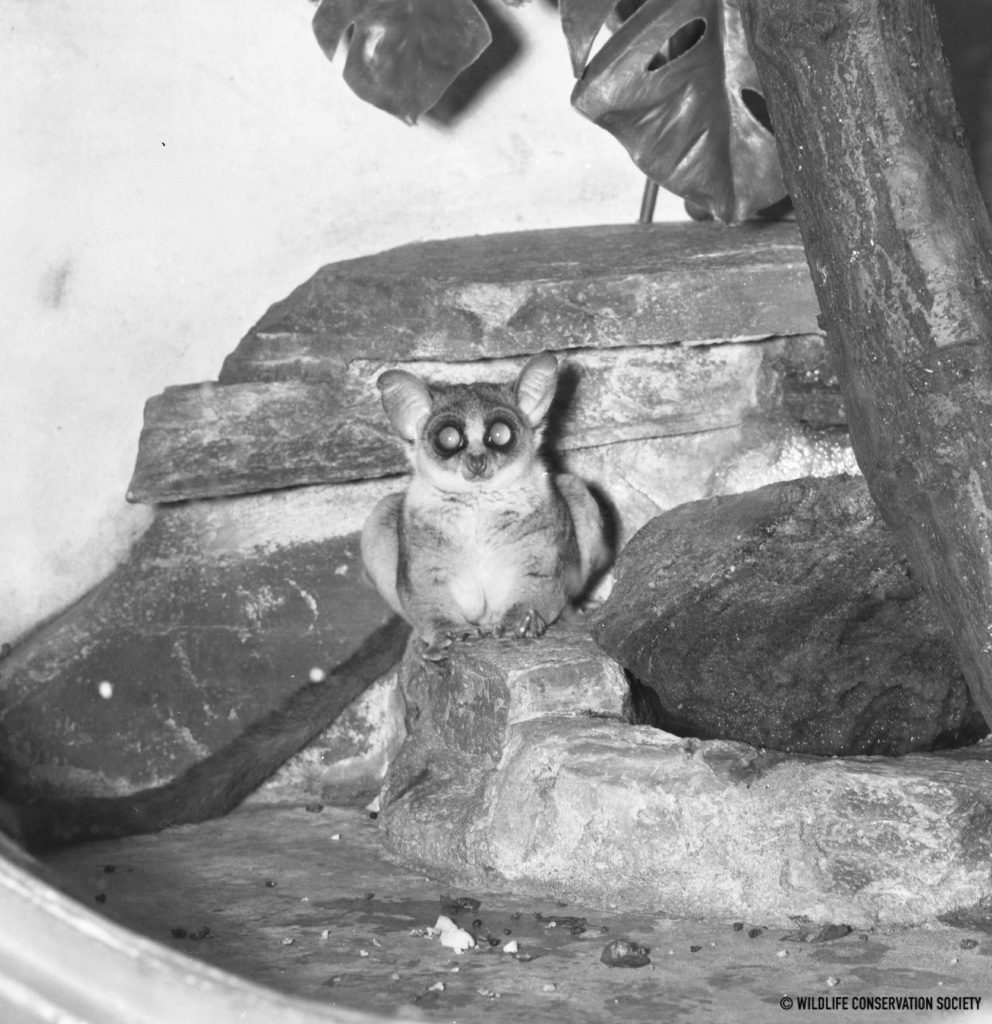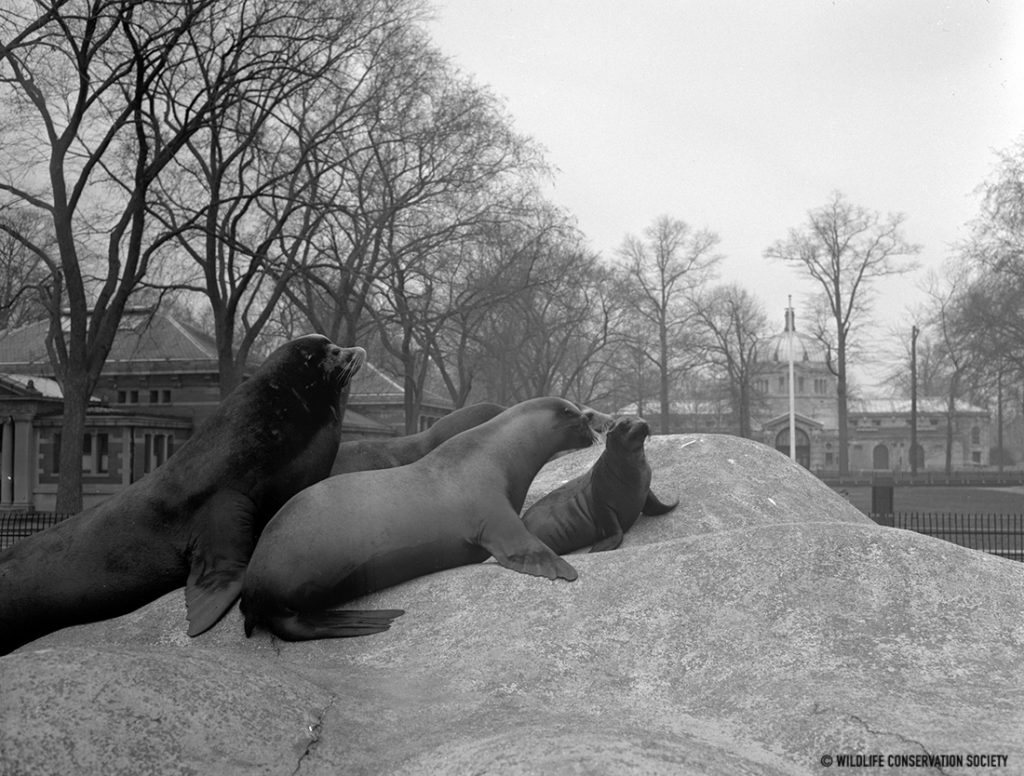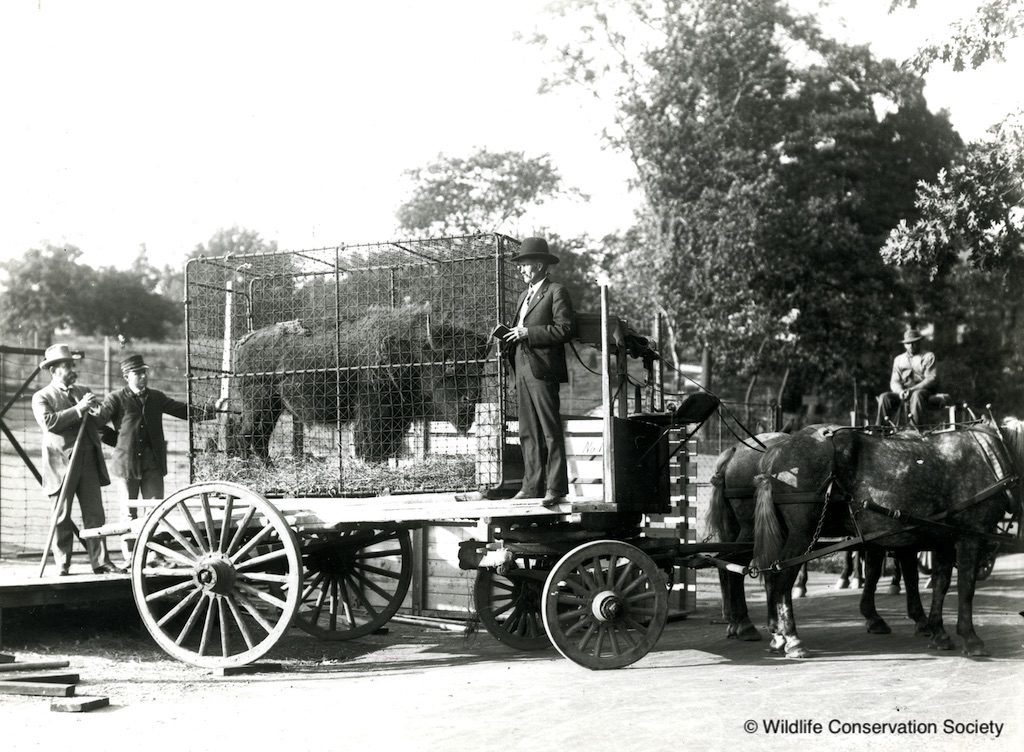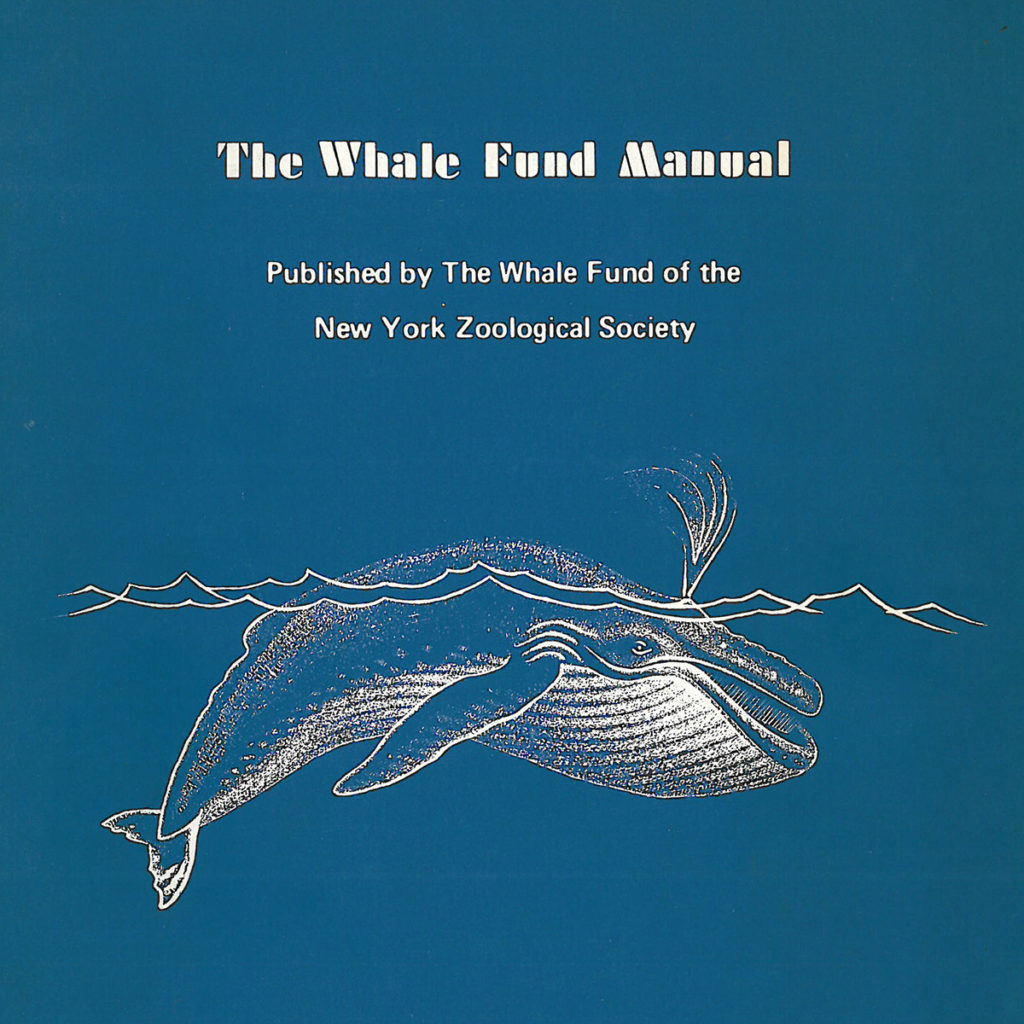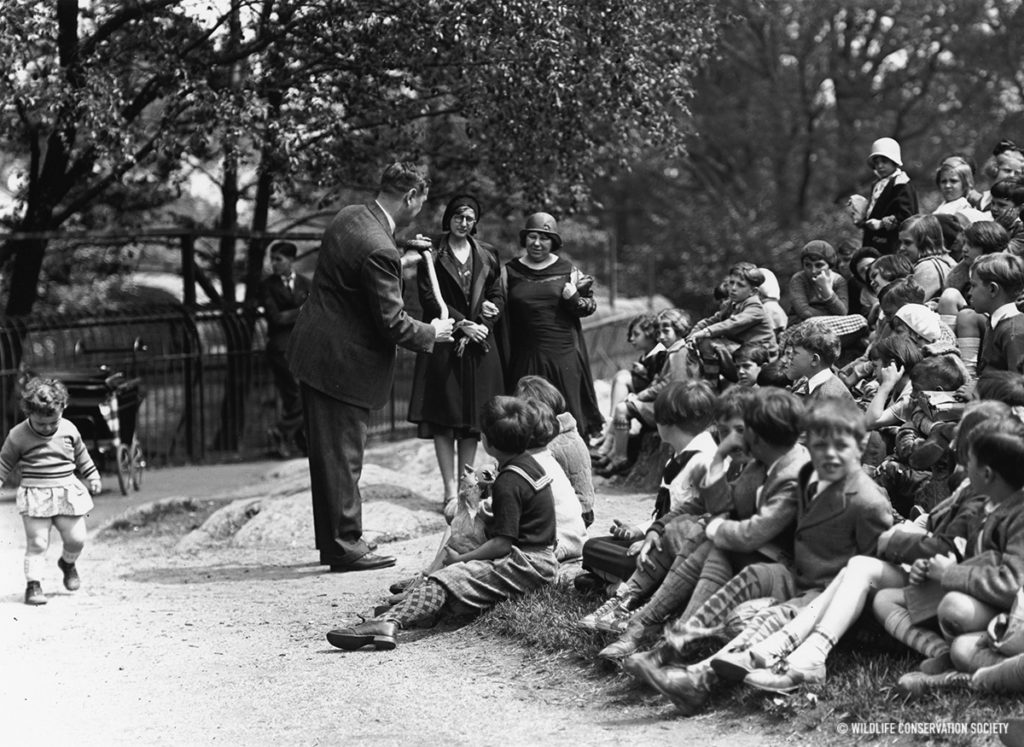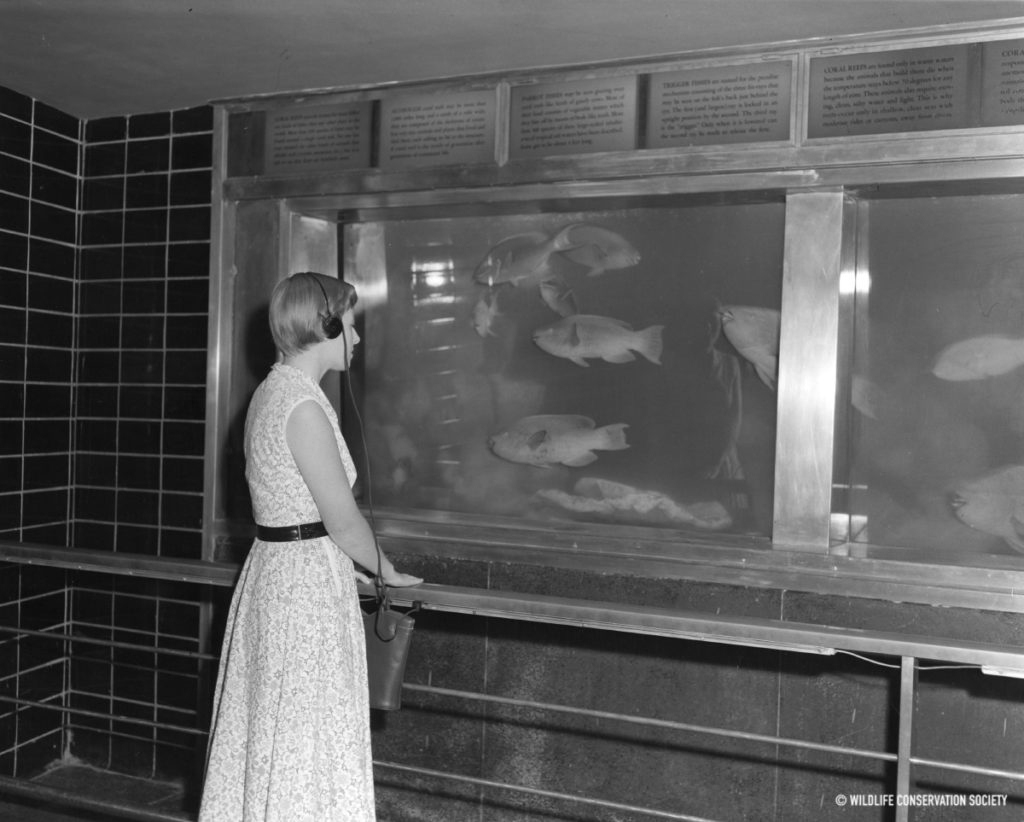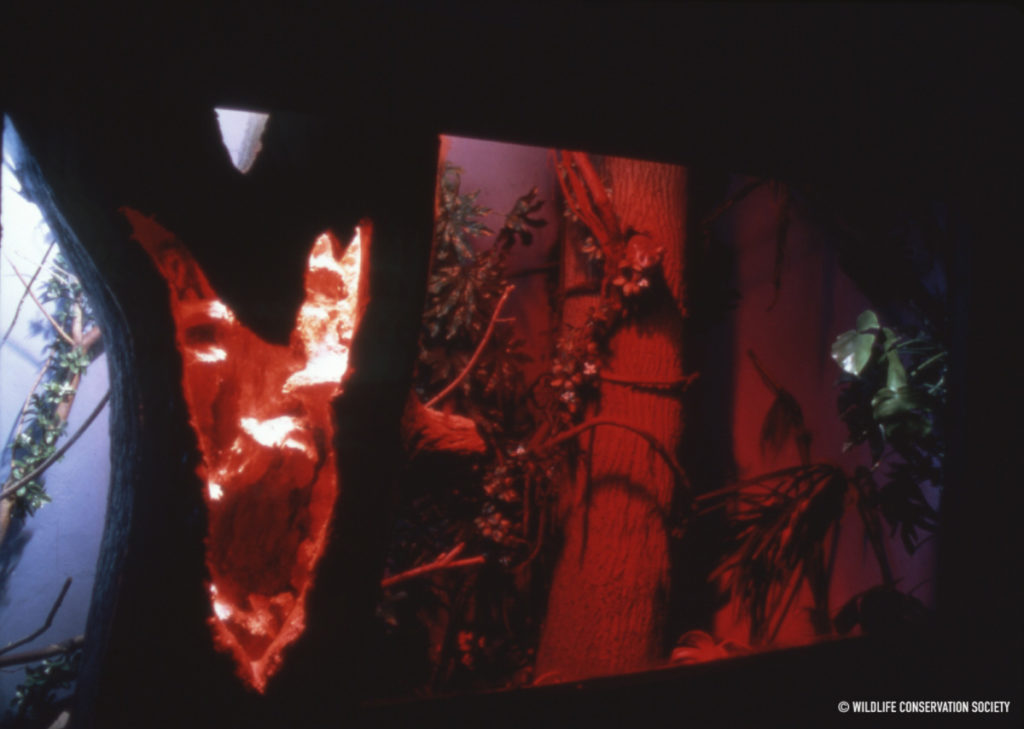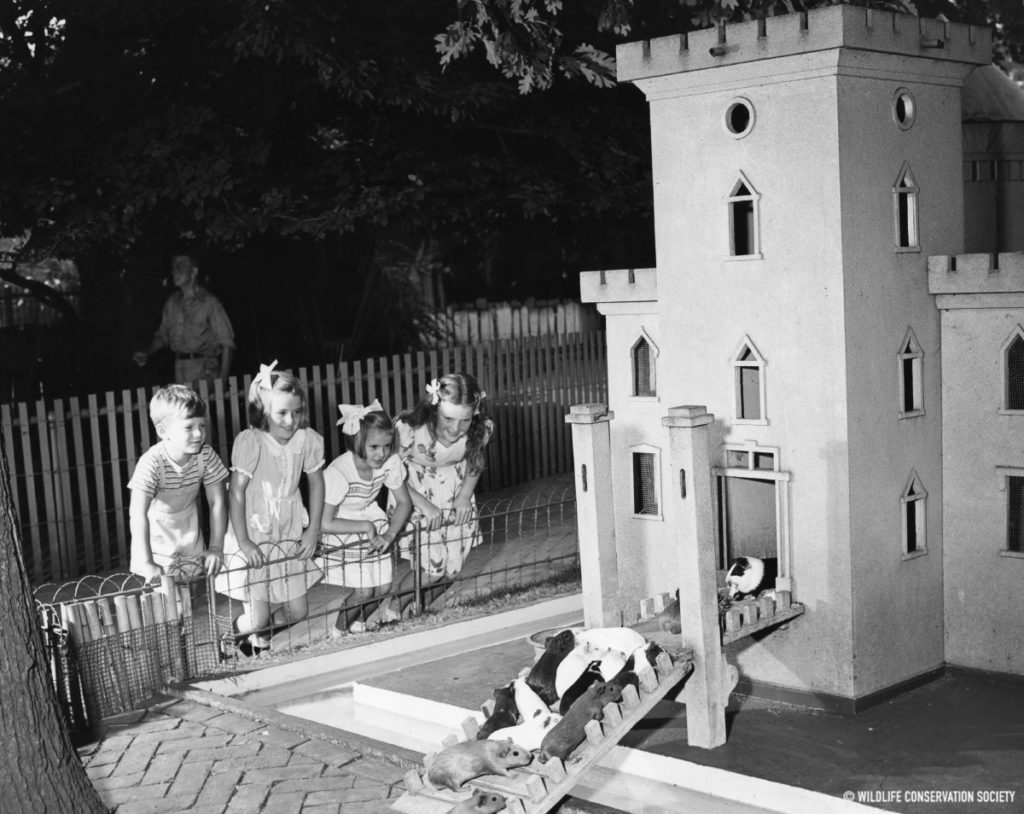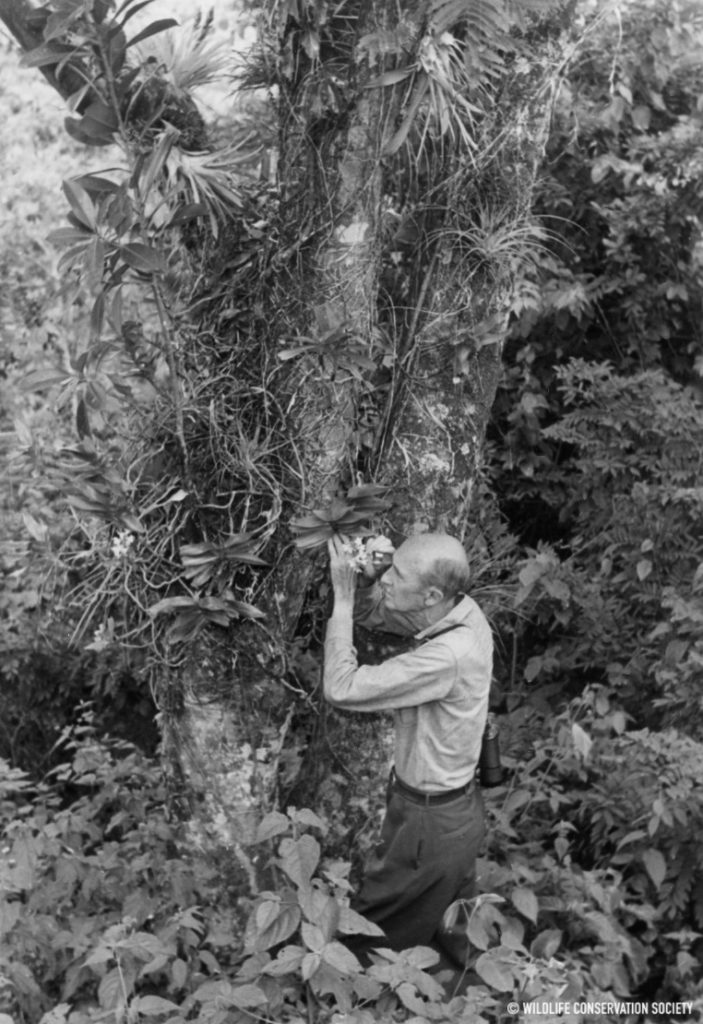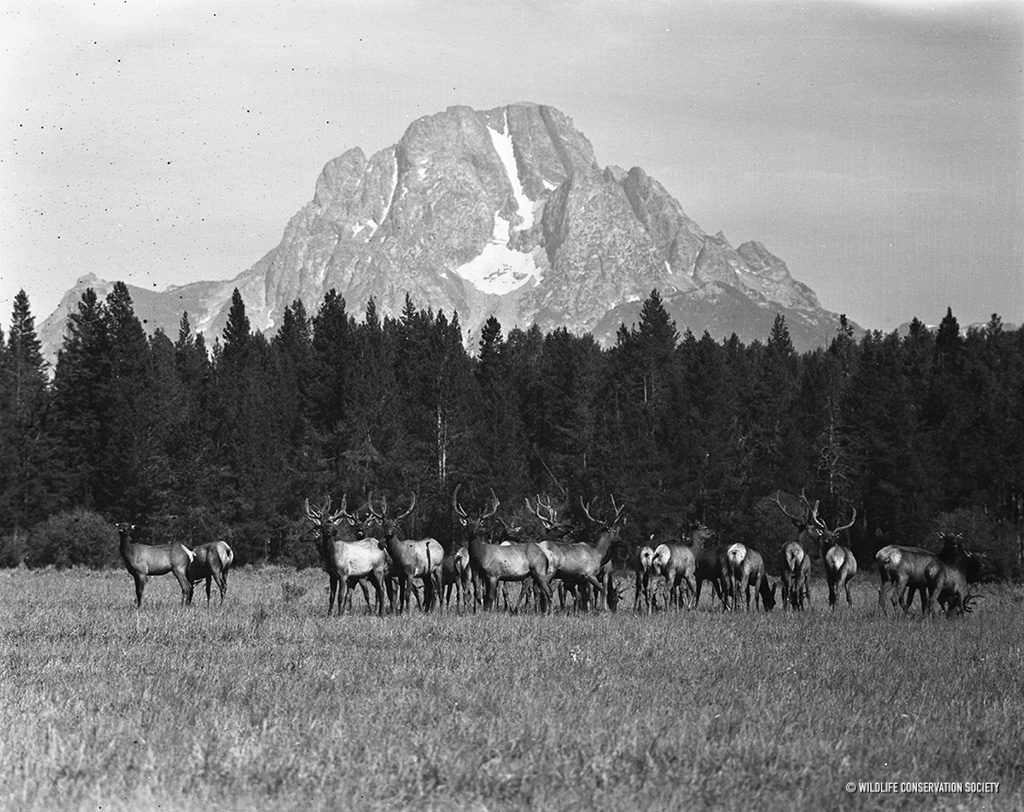
In this week’s Throwback Thursday on WCS’s photo blog Wild View we look back at the 1948 opening of Jackson Hole Wildlife Park in Wyoming, which WCS played an active role in developing. Research done by field scientists at Jackson Hole helped with the management of future wildlife Parks, like Grand Teton, of which JHWP would later become part of.
Read on Wild View

